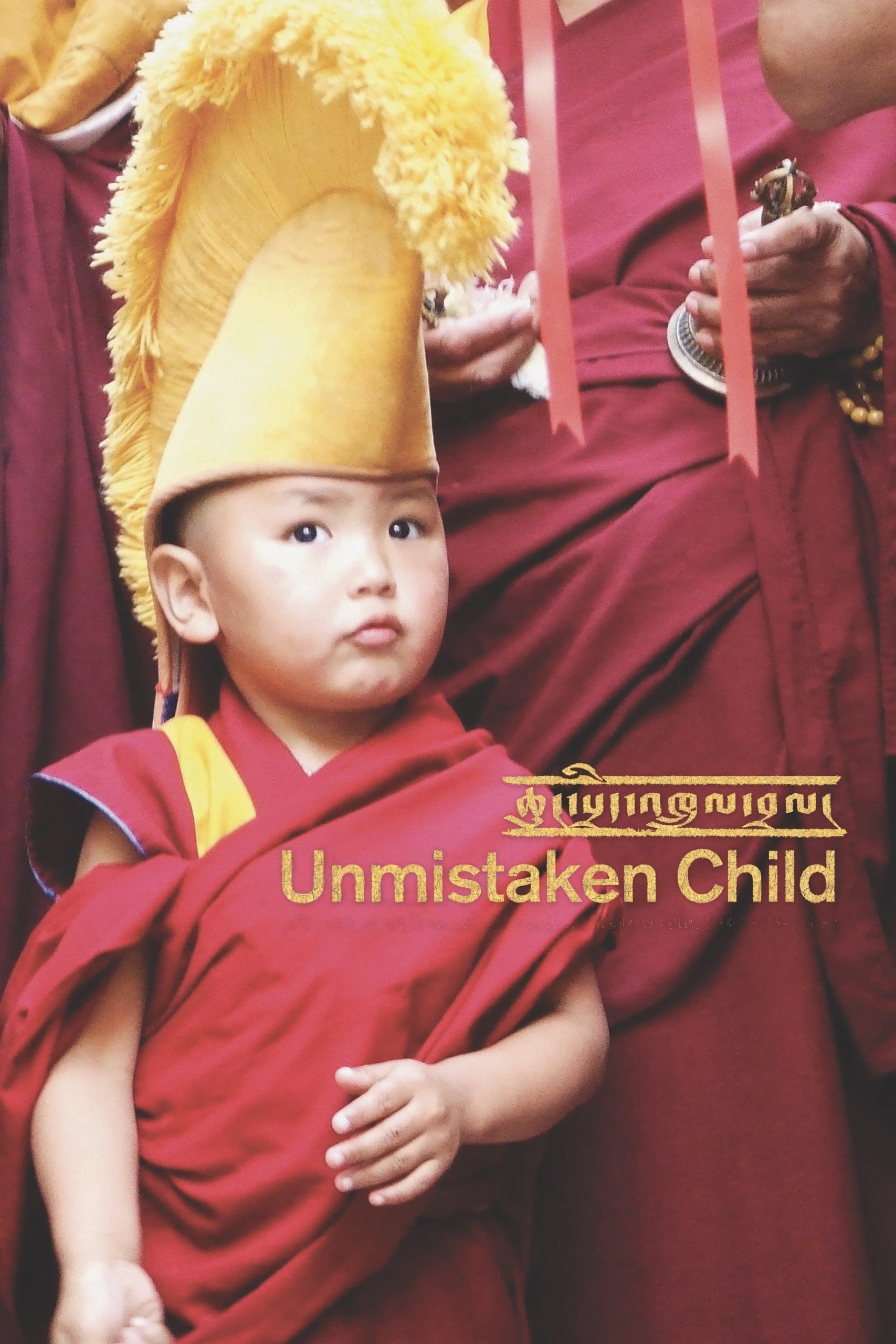
In Nepal, a venerable monk, Geshe Lama Konchog, dies and one of his disciples, a youthful monk named Tenzin Zopa, searches for his master's reincarnation. The film follows his search to the Tsum Valley where he finds a young boy of the right age who uncannily responds to Konchog's possessions. Is this the reincarnation of the master? After the boy passes several tests, Tenzin takes him to meet the Dali Lama. Will the parents agree to let the boy go to the monastery, and, if so, how will the child respond? Central to the film is the relationship the child develops with Tenzin.
13 May Unmistakable Child (2008)
Unputdownable Tulku
If you have not seen this, it documents from the cremation of a senior Buddhist monk to the certification of his reincarnation by the hierarchy though to the Dalai Lama, and subsequent installation in a monastery at about three. We follow the quest by the old monk’s most loyal follower, a dear soul.
The most amazing part of this is not obvious, because we are used to seeing expertly manufactured representations of events. But this is real. The camera was there, in the most intimate of family dynamics, the most holy and unguarded moments of the spiritual leaders, and most pointedly, the earnest journey of the seeking monk. I do not suppose anything is staged, as we would expect from say, Herzog.
So it is worthwhile on that score, the journey, the urge, the man. A remarkable scene is after visiting our hero’s village and the cave above, where the then child visited the guru and started his life as follower. Shortly after, he brings the discovered child to the same retreat. He places the child on his lap and says this place here is where you at my age had me on your lap and you sang this song…
In no film of any description will you ever see something like that again.
You will also find the film a novel example of how stories are layered. I am writing an account of a story told by a filmmaker, invisible in the account but surely the agent of composition and delivery. He is submerged behind our hero, a monk perhaps near 40, whose entire life has been serving his guru. (We do not learn why this man speaks perfect English, but research shows he travelled widely with the guru.)
He tells us what he wants to happen. He believes that the world has given him his master back and all he has to do is find him. The urge is so powerful, the will so strong, and the universe so compliant that he serves as the author of what we see, as creator and protagonist.
But all those upper layers of authorship have him as a pawn, in what we used to call noir. A random dude is cast in a sea of forces beyond his control, a sea created by forces outside the story for unlikely circumstance and to entertain.
We see the tokens of these forces, in concentrated avatars as near gods. And we see true seas of individuals, yearning in unison for this story to emerge with one soul. All this narrative pull is put in context if you look at some encounters with this reincarnated wise man. In fact, he is just a kid, now very early in training and with no memories or conscious wisdom from a prior self.
Folding: Intrinsic folding where the world of the film pulls out a noir character to drive. It is unique in how one of the viewer-gods appears as a character.
Posted in 2022
Ted’s Evaluation — 3 of 3: Worth watching.


No Comments